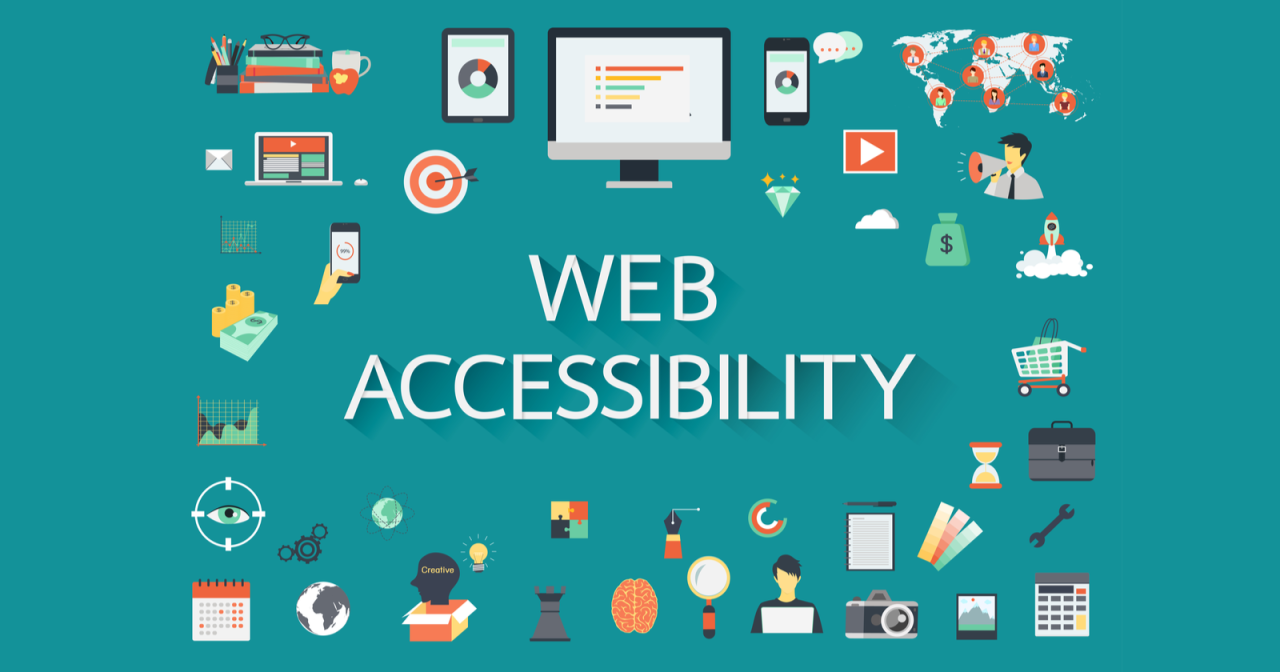Introduction:
In an increasingly digital world, the internet has become an essential tool for communication, information, and services. However, not all users have the same abilities when it comes to interacting with websites and online content. Web accessibility is the practice of ensuring that websites and digital platforms are usable and navigable by all individuals, regardless of their disabilities or impairments. Designing with accessibility in mind is not only a legal and ethical responsibility, but it also enhances the overall user experience and expands the reach of your digital presence. This article explores the importance of web accessibility and provides practical insights into designing for all users.
Understanding Web Accessibility:
Web accessibility is the principle of making web content and functionality available to people with a wide range of disabilities, including visual, auditory, cognitive, and motor impairments. This also encompasses accommodating users with temporary disabilities, such as a broken arm, as well as older individuals who might face challenges in using digital interfaces.
The Benefits of Web Accessibility:
- Inclusivity: Designing for accessibility ensures that your website is accessible to everyone, fostering inclusivity and preventing exclusion of any user group.
- Expanded Audience: An accessible website increases your potential audience, attracting users who may have previously been unable to access your content.
- Improved User Experience: Accessibility features often enhance the overall user experience for all users, not just those with disabilities. This can lead to increased engagement and longer time spent on your website.
- SEO Benefits: Many accessibility practices align with search engine optimization (SEO) guidelines, potentially improving your website’s search engine rankings.
Key Considerations for Web Accessibility:
- Text Alternatives: Provide text descriptions for images, making visual content accessible to screen readers. This is crucial for individuals with visual impairments.
- Semantic HTML: Use proper HTML elements to structure content. This benefits screen readers and improves overall site navigation.
- Keyboard Navigation: Ensure all functionality can be accessed and operated using a keyboard. This is vital for users who cannot use a mouse.
- Contrast and Color: Maintain sufficient contrast between text and background colors to make content readable for users with low vision.
- Captions and Transcripts: Include captions for videos and provide transcripts for audio content, ensuring that users with hearing impairments can access the information.
- Readable Fonts: Use legible fonts and appropriate font sizes to enhance readability for all users.
- Forms and Interactions: Design forms and interactive elements with accessibility in mind, including clear instructions and error messages.
Assistive Technologies:
Assistive technologies play a pivotal role in facilitating web accessibility. These tools include screen readers, speech recognition software, screen magnifiers, and alternative input devices. Designing your website to work seamlessly with these technologies can greatly enhance the user experience for individuals with disabilities.
Testing and Iteration:
Regular testing is essential to ensure the effectiveness of your accessibility efforts. Engage with users who have disabilities to gather feedback and make necessary adjustments. Accessibility is an ongoing process, and continuous improvement is key to maintaining an inclusive digital presence.
Conclusion:
Web accessibility is not just a technical requirement; it’s a moral imperative that empowers all users to access and interact with digital content. By embracing inclusive design principles and implementing accessible features, web designers and developers can create websites that cater to a diverse range of users, fostering a more equitable online environment. Through a combination of thoughtful design, assistive technologies, and regular testing, we can ensure that the internet remains a space where everyone can participate and thrive.







